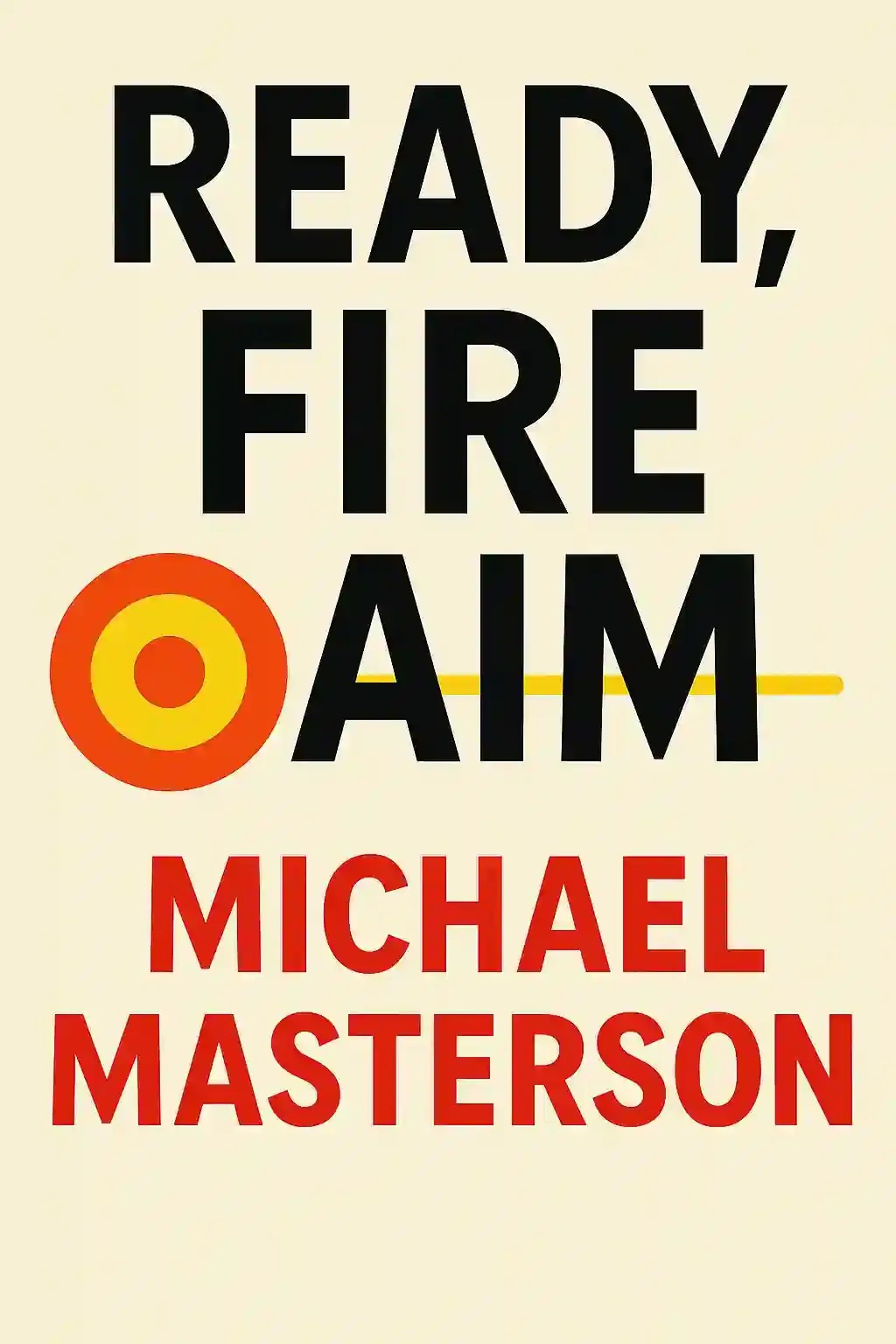What is "Great Leads" by Michael Masterson about?
"Great Leads" by Michael Masterson is a comprehensive guide to crafting compelling openings for sales messages and marketing content. It teaches six lead types—Offer, Promise, Problem-Solution, Secret, Proclamation, and Story—tailored to different customer awareness levels. The book emphasizes psychology-driven techniques, real-world examples, and frameworks like the "Rule of One" to capture attention and drive action in cluttered markets.
Who should read "Great Leads"?
Marketers, copywriters, entrepreneurs, and business owners will benefit most from "Great Leads." It’s ideal for professionals writing sales copy, ads, emails, or content needing high conversion rates. Aspiring writers and seasoned marketers gain actionable strategies to engage audiences and boost response rates.
Is "Great Leads" worth reading?
Yes, "Great Leads" is highly recommended for its practical, battle-tested methods. Readers praise its clear frameworks and real-world applications, with one reviewer calling it "the only book of its kind." Its focus on leads—which drive 80% of ad success—makes it essential for persuasive writing.
Who is Michael Masterson?
Michael Masterson is a renowned copywriter, entrepreneur, and marketing strategist with decades of experience in direct-response advertising. He has built successful businesses and authored influential books, sharing proven techniques for persuasive messaging. His expertise stems from real-world testing and mentoring professionals.
What are the key takeaways from "Great Leads"?
Key insights include:
- Rule of One: Focus on a single big idea for clarity and impact.
- Customer awareness: Tailor leads to five awareness levels (from unaware to expert).
- Lead types: Master six versatile leads (e.g., Problem-Solution for issue-focused audiences).
- Psychological hooks: Use curiosity and emotion to sustain engagement.
What is the "Rule of One" in "Great Leads"?
The "Rule of One" dictates that sales messages should center on one core idea to avoid dilution and amplify emotional resonance. This approach simplifies messaging, enhances memorability, and boosts conversion rates. Examples show how single-idea ads outperform cluttered alternatives.
How does "Great Leads" define customer awareness?
Customer awareness has five levels, from "completely unaware" to "expert," based on Gene Schwartz’s advertising principles. Each level dictates the optimal lead type—e.g., Secret leads work best for problem-aware audiences. Understanding this spectrum lets writers match leads to audience readiness.
What are the six lead types in "Great Leads"?
The six lead types are:
- Offer: Present a deal (e.g., "Limited-time discount").
- Promise: Highlight benefits ("Earn 20% more revenue").
- Problem-Solution: Identify pain points and solve them.
- Secret: Reveal little-known insights ("Industry insiders don’t want you to know...").
- Proclamation: Make bold claims ("Revolutionary new method!").
- Story: Engage via narrative ("How I tripled sales in 30 days").
How can "Great Leads" improve digital marketing?
Apply its lead frameworks to email subject lines, landing pages, and ads. For example:
- Use Problem-Solution leads for targeted Facebook ads.
- Secret leads boost click-through rates in email campaigns.
- Story leads enhance blog engagement. Testing these in A/B splits refines digital conversions.
Why are leads crucial in sales messages?
Leads determine 80% of an ad’s success by hooking readers within seconds. A weak lead wastes even brilliant copy, while a strong one—like a Proclamation or Story—ignites curiosity and builds rapport. This makes leads non-negotiable for high-performing campaigns.
How does "Great Leads" compare to other copywriting books?
Unlike generic guides, "Great Leads" offers a specialized system for openings—a gap in most marketing literature. It complements broader books (e.g., "The Boron Letters") but stands alone for lead-specific tactics. For holistic copywriting, pair it with story-driven texts like "Building a Story Brand".
Can "Great Leads" help with non-sales writing?
Absolutely. Its psychology principles apply to speeches, blog introductions, and presentations. For example, Story leads make technical content relatable, while Promise leads clarify value in proposals. This versatility extends beyond sales to any persuasive communication.














